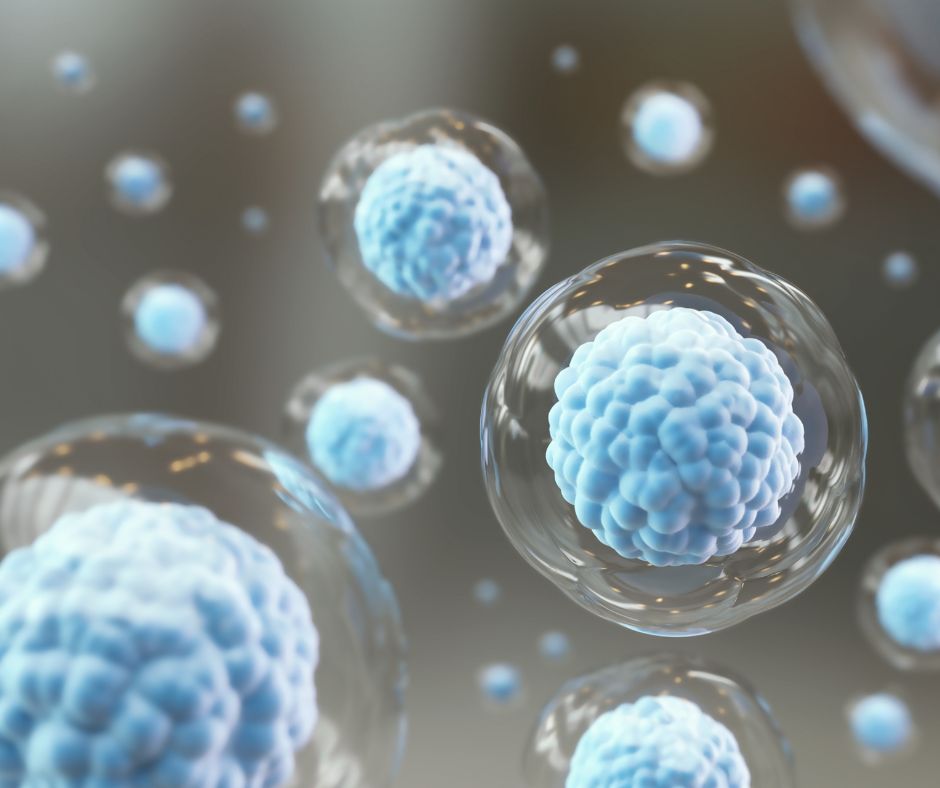
PRP Therapy for Longevity: Skin, Energy & Sexual Wellness
What if your own body held the key to smoother skin, enhanced intimacy, and renewed energy? That is the potential of Platelet-Rich Plasma (PRP)a treatment


Exosomes can be isolated and purified from different cell sources, such as mesenchymal stem cells (MSCs), immune cells, or other specialized cell types. The isolation process typically involves centrifugation and filtration techniques to separate exosomes from other cellular components and debris.

Once isolated, exosomes are characterized to confirm their identity and purity. This involves analyzing their size, shape, protein markers, nucleic acid content, and other characteristics to ensure that the isolated vesicles meet the quality requirements for therapeutic use.

Exosomes can be loaded with specific therapeutic molecules, such as drugs, small interfering RNA (siRNA), microRNA, or growth factors. This can be achieved by engineering the parent cells to produce exosomes enriched with the desired therapeutic cargo or by directly loading the isolated exosomes with the molecules of interest. This loading process aims to enhance the therapeutic potential of exosomes by delivering specific molecules to target cells and tissues.

Exosome therapy involves the administration of exosomes to the patient. The route of administration can vary depending on the target tissue or disease being treated. Exosomes can be administered via intravenous injection, local injection at the site of injury or disease, inhalation, or other appropriate routes.

Once administered, the exosomes exert their therapeutic effects by interacting with recipient cells. The transferred bioactive molecules within exosomes can modulate cellular functions, promote tissue repair and regeneration, modulate immune responses, or influence disease processes. The specific mechanisms of action can vary depending on the therapeutic cargo and the target cells or tissues involved.
Exosome therapy has shown promise in various areas of medicine, including regenerative medicine, neurodegenerative diseases, cardiovascular diseases, cancer, and immune disorders.
Dr. Tarin Forbes, Dr. Elim Fitzgerald and the entire team at Forbes Longevity Center believe that the best doctors are not only teachers and mentors, but are also leaders that are willing to walk the walk to health and not just advise others to do so. Everything we do is geared towards inspiring patients to live a vibrant life and restoring health using a very personalized medical approach.


What if your own body held the key to smoother skin, enhanced intimacy, and renewed energy? That is the potential of Platelet-Rich Plasma (PRP)a treatment

At Forbes Longevity Center, we believe that true health span isn’tjust about how long you At Forbes Longevity Center, we believe that true health span

At the heart of St. Petersburg, Florida, the Forbes Longevity Center is transforming lives through cutting-edge health and wellness practices. Our primary mission is your